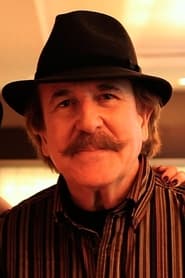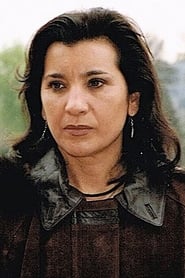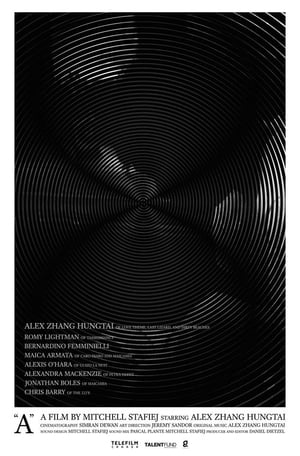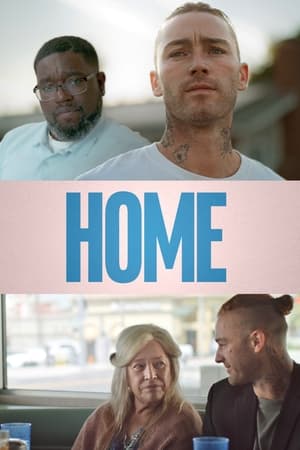Lost Images: The Other Eye of Juan Pinzás
Top 6 Billed Cast
Quique
Adela
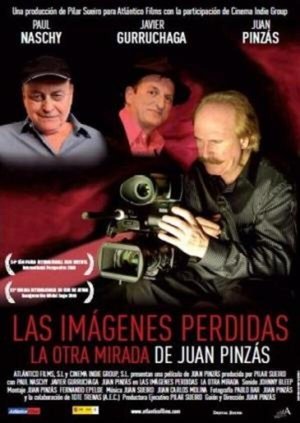
Las imágenes perdidas, la otra mirada de Juan Pinzás
HomePage
Overview
The filmmaker Juan Pinzás goes on a physical and also inner journey, in search of some lost images that he filmed in the 80s. The journey takes him from Madrid to Galicia and on the search for these images he meets with various characters who will help him in his undertaking, such as the actors Paul Naschy and Javier Gurruchaga whose personal worlds will be examined in the film. Finally in Vigo, his home city, of which he presents a remarkable portrait, he finds an old film in Super-8mm with the missing images. The catharsis is produced with the viewing of the old film which turns out to be a tribute to cinema and this means the end of the filmmaker's introspective journey.
Release Date
2009-12-17
Average
4
Rating:
2.0 startsTagline
Genres
Languages:
FrançaisEspañolKeywords
Similar Movies
 6.8
6.8Paparazzi(fr)
Paparazzi explores the relationship between Brigitte Bardot and groups of invasive photographers attempting to photograph her while she works on the set of Jean-Luc Godard's film Le Mépris (Contempt). Through video footage of Bardot, interviews with the paparazzi, and still photos of Bardot from magazine covers and elsewhere, director Rozier investigates some of the ramifications of international movie stardom, specifically the loss of privacy to the paparazzi. The film explains the shooting of the film on the island of Capri, and the photographers' valiant, even foolishly dangerous, attempts to get a photograph of Bardot.
 7.1
7.1The Arrival of a Train at La Ciotat(fr)
A group of people are standing along the platform of a railway station in La Ciotat, waiting for a train. One is seen coming, at some distance, and eventually stops at the platform. Doors of the railway-cars open and attendants help passengers off and on. Popular legend has it that, when this film was shown, the first-night audience fled the café in terror, fearing being run over by the "approaching" train. This legend has since been identified as promotional embellishment, though there is evidence to suggest that people were astounded at the capabilities of the Lumières' cinématographe.
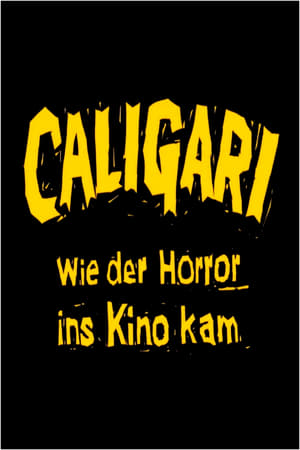 6.7
6.7Caligari: When Horror Came to Cinema(de)
On February 26, 1920, Robert Wiene's world-famous film The Cabinet of Dr. Caligari premiered at the Marmorhaus in Berlin. To this day, it is considered a manifesto of German expressionism; a legend of cinema and a key work to understand the nature of the Weimar Republic and the constant political turmoil in which a divided society lived after the end of the First World War.
James Bond Down River(en)
Promotional documentary filmed at the London East End Docklands area and River Thames for the filming of the opening boat chase for The World Is Not Enough (1999).
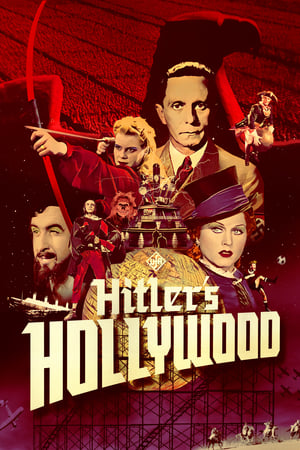 6.4
6.4Hitler's Hollywood(de)
Film journalist and critic Rüdiger Suchsland examines German cinema from 1933, when the Nazis came into power, until 1945, when the Third Reich collapsed. (A sequel to From Caligari to Hitler, 2015.)
Pooh Finds His Voice(en)
Behind the scenes documentary short for Disney's "Christopher Robin".
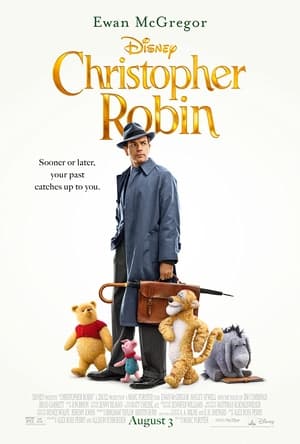 8.0
8.0A Movie Is Made For Pooh(en)
Behind the scenes documentary short for the movie "Christopher Robin".
 6.0
6.0Cecil B. DeMille: American Epic(en)
Documentary about the legendary American film director from his introduction to the film industry in its early years to his death in 1959.
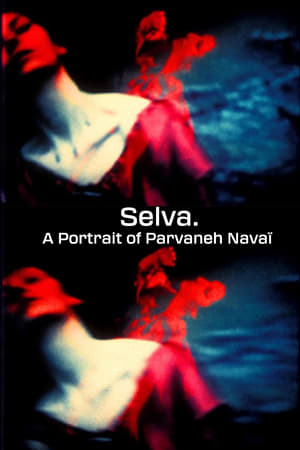 10.0
10.0Selva. A Portrait of Parvaneh Navaï(fr)
Trance dances and out of body projection. In front of the camera, Parvaneh Navaï becomes a mediator who enters in contact with and immerses into the energies of Nature, while her own energy radiates and echos in the forest ("selva"). The camera amplifies and expands her presence, transforming the forest into an imaginary space. The camera becomes a painter's brush.
São Paulo, Cinemacity(pt)
Mixing new images to existing São Paulo movies takes, the documentary presents the city from the perspective of five main attributes: transformation, anonymity, crowd, precariousness and dimension.
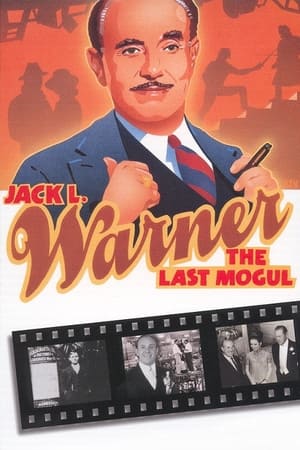 5.0
5.0Jack L. Warner: The Last Mogul(en)
An insider's account of Jack Warner, a founding father of the American film industry. This feature length documentary provides the rags to riches story of the man whose studio - Warner Bros - created many of Hollywood's most classic films. Includes extensive interviews with family members and friends, film clips, rare home movies and unique location footage.
 6.0
6.0The Remains of the Day: The Filmmaker's Journey(en)
A documentary about making The Remains of the Day.
Auge in Auge - Eine deutsche Filmgeschichte(de)
This is not merely another film about cinema history; it is a film about the love of cinema, a journey of discovery through over a century of German film history. Ten people working in film today remember their favourite films of yesteryear.
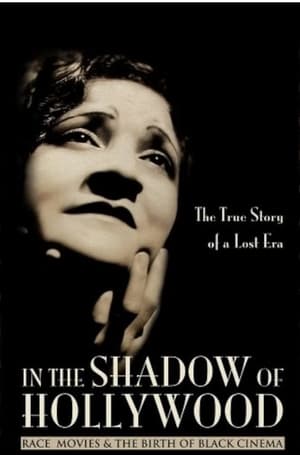 6.5
6.5In the Shadow of Hollywood: Race Movies and the Birth of Black Cinema(en)
This documentary captures the sounds and images of a nearly forgotten era in film history when African American filmmakers and studios created “race movies” exclusively for black audiences. The best of these films attempted to counter the demeaning stereotypes of black Americans prevalent in the popular culture of the day. About 500 films were produced, yet only about 100 still exist. Filmmaking pioneers like Oscar Micheaux, the Noble brothers, and Spencer Williams, Jr. left a lasting influence on black filmmakers, and inspired generations of audiences who finally saw their own lives reflected on the silver screen.
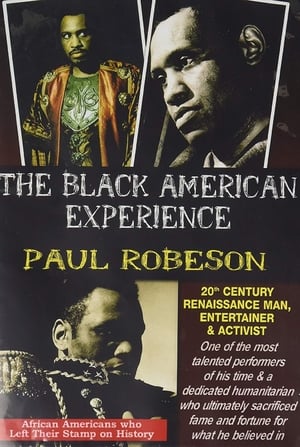 0.0
0.0Paul Robeson: 20th Century Renaissance Man, Entertainer & Activist(en)
Paul Robeson was a celebrated African-American Actor, Athlete, Singer, Writer, and Civil Rights Activist. Robeson's many achievements are chronicled in this program, ranging from playing with the NFL to graduating from Columbia Law School, performing on Broadway and in Hollywood films to founding the American Crusade against Lynching as well as Council on African Affairs. Robeson was one of the most talented performers of his time and a dedicated humanitarian who ultimately sacrificed fame and fortune for what he believed in. His association with Leftist Politics during the era of the Cold War, and frequent denouncing of American political parties led to his eventual blacklisting with other prominent writers and artists during the McCarthy Era. His talents in all areas are remarkable, and his dedication to attaining a peaceful coexistence between all the people of the world is truly admirable.
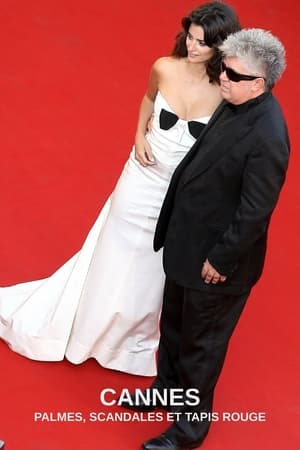 8.0
8.0Cannes : Palmes, scandales et tapis rouge(fr)
How could the Cannes Film Festival become the biggest cinema event in the world? For 75 years, Cannes has succeeded in this prodigy of placing cinema, its sometimes paltry splendors but also its requirements of great modern art, at the center of everything, as if, for ten days in May, nothing was more important than it. This film tells how Cannes has become the largest film festival in the world by opening up to cinematic modernity while never forgetting that cinema remains a performing art, a popular art.
 5.0
5.0Behind Natacha Rambova's Shadow(ca)
The adventurous life of Natacha Rambova (1897-1966), an American artist, born Winifred Kimball Shaughnessy, who reincarnated herself countless times: false Russian dancer, silent film actress, scenographer and costume designer, writer, spiritist, Egyptologist, indefatigable traveler, mysterious and curious; an amazing 20th century woman who created the myth of Rudolph Valentino.
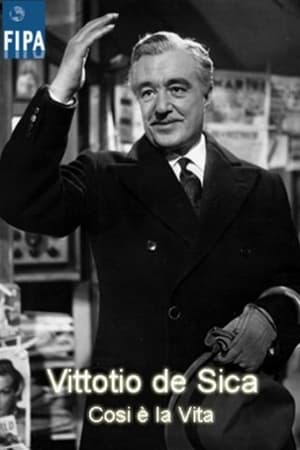 6.0
6.0That's Life: Vittorio De Sica(it)
Documentary about the life and career of Italian film director Vittorio De Sica.
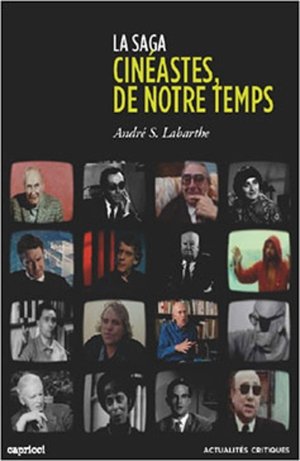 4.0
4.0Cinéastes de notre temps : Max Ophuls ou la ronde(fr)
A 1965 episode of the French television program Cinéastes de notre temps, featuring interviews with many of film director Max Ophuls’s collaborators
Recommendations Movies
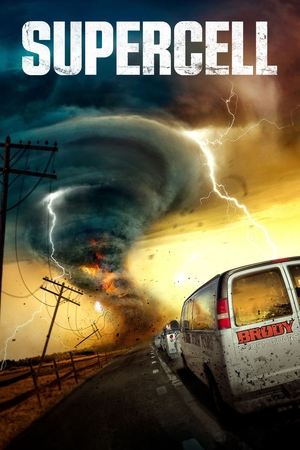 5.7
5.7Supercell(en)
Good-hearted teenager William always lived in hope of following in his late father’s footsteps and becoming a storm chaser. His father’s legacy has now been turned into a storm-chasing tourist business, managed by the greedy and reckless Zane Rogers, who is now using William as the main attraction to lead a group of unsuspecting adventurers deep into the eye of the most dangerous supercell ever seen.
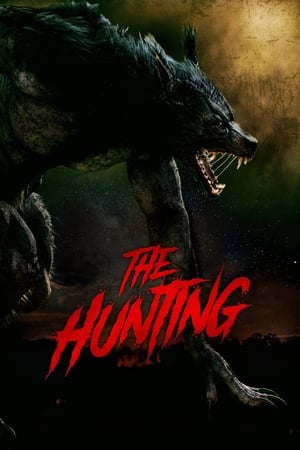 5.7
5.7The Hunting(en)
When a mysterious animal attack leaves a mutilated body in the forest, a conservative small town detective must enlist the help of an eager wildlife specialist to uncover the dark and disturbing truth that threatens the town.
 4.8
4.8Sonic & Shadow Lovely Lavat(en)
Sonic sends TikToks to his husband Shadow everyday but Shadow never respond, Sonic thinks his husband Shadow doesn't love him and don't care about him, they fight and Shadow makes Sonic cry and now Shadow doesn't know what to do.
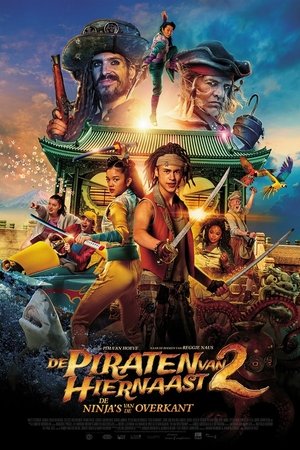 6.5
6.5Pirates Down the Street II: The Ninjas from Across(nl)
The pirates feel right at home in Sandborough, but the atmosphere cools right down when the ninjas come to live in the street. After all, pirates and ninjas are sworn enemies! While pirate captain Hector Blunderbuss struggles to get rid of his new neighbours, son Billy and ninja daughter Yuka become friends. The pirates challenge the ninjas to the ultimate battle at the village's annual hexathlon. Who will win the match? Ninjas are faster and more agile of course, but pirates are the best cheats in all of the seven seas...
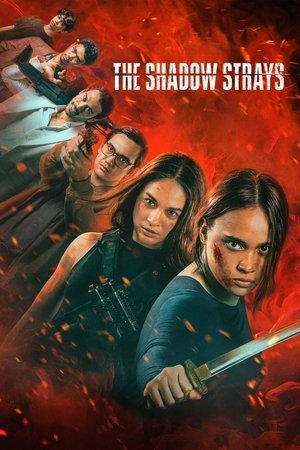 7.3
7.3The Shadow Strays(id)
Skilled in the art of killing, a young assassin defies her mentor to save a boy from a ruthless crime syndicate — and she'll destroy anyone in her path.
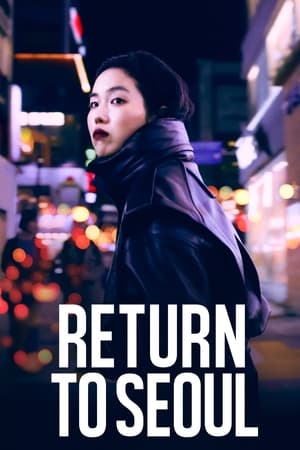 6.3
6.3Return to Seoul(fr)
After an impulsive travel decision to visit friends, Freddie, 25, returns to South Korea for the first time, where she was born before being adopted and raised in France. Freddie suddenly finds herself embarking on an unexpected journey in a country she knows so little about, taking her life in new and unexpected directions.
 6.6
6.6Christmas ...Again?!(en)
Rowena "Ro" is a high-spirited 11-year-old hoping to add more spunk to her Christmas celebrations when her parents’ divorce is going anything but smoothly.
 6.5
6.5Slayers Return(ja)
Lina Inverse and Naga the White Serpent are back! What begins as a routine bandit-stomping turns into the adventure of a lifetime involving magical golems, an ancient Elven weapon and even someone bent on destroying the world. It's a predicament only Lina and Naga could get themselves in to.
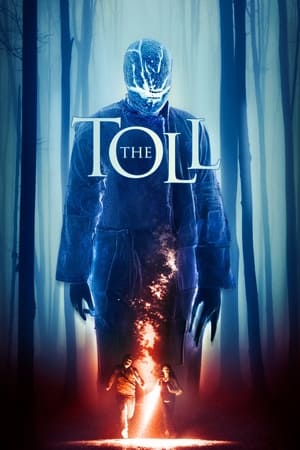 5.4
5.4The Toll(en)
A socially awkward driver and a weary passenger try to make it to their destination while being haunted by a supernatural threat.
 8.0
8.0Les Petites Mains(fr)
After the closure of a lace factory in Calais, Andrée, Lulu and Solange are out on the street.
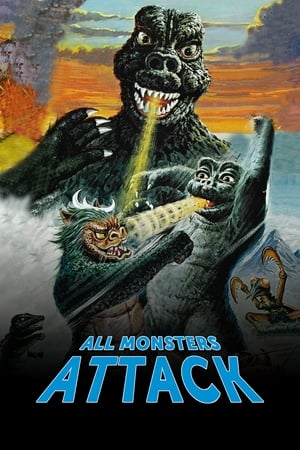 5.1
5.1All Monsters Attack(ja)
Ichiro Miki is a child living in the industrial district of Kawasaki, where his parents' constant struggle to make ends meet often leaves the schoolboy alone. Constantly teased by a bully nicknamed Gabara, his only friends are toy consultant Shinpei and fellow classmate Sachiko. Ichiro turns to escapist dreams of Monster Island where he befriends the equally bullied Minilla.
 7.6
7.6Summer of Soul (...Or, When the Revolution Could Not Be Televised)(en)
During the same summer as Woodstock, over 300,000 people attended the Harlem Cultural Festival, celebrating African American music and culture, and promoting Black pride and unity. The footage from the festival sat in a basement, unseen for over 50 years, keeping this incredible event in America's history lost — until now.
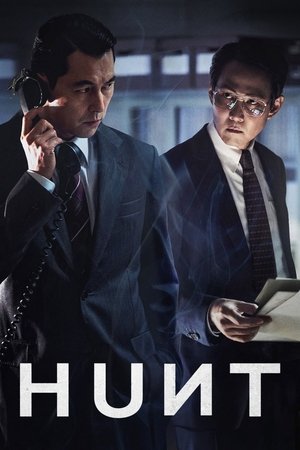 6.7
6.7来看淫姦性交片网:448𝟖𝟒𝟼𝟫.com 看淫姦性交片网:448𝟖𝟒𝟼𝟫.com 看淫姦性交片网:448𝟖𝟒𝟼𝟫.com(ko)
After a high-ranking North Korean official requests asylum, KCIA Foreign Unit chief Park Pyong-ho and Domestic Unit chief Kim Jung-do are tasked with uncovering a North Korean spy, known as Donglim, who is deeply embedded within their agency. When the spy begins leaking top secret intel that could jeopardize national security, the two units are each assigned to investigate each other.
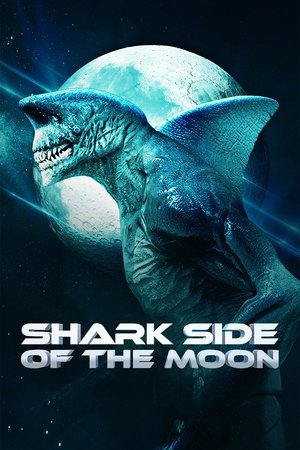 5.1
5.1Shark Side of the Moon(en)
Decades ago, the USSR developed unkillable sharks and launched them to the moon. Today, a team of American astronauts will endure the fight of their lives.
 6.8
6.8Jigen Daisuke(ja)
Feeling unhappy with his gun, Jigen is looking for the world’s best gunsmith. He finally finds out that Chiharu, who runs a watch shop, is the person he’s been seeking. Then, Jigen meets Oto, who comes to Chiharu’s shop looking for a gun. Jigen finds out about Oto's secrets and the mysterious organization that’s after her. After Oto is kidnapped, Jigen gets into a desperate battle to save her.
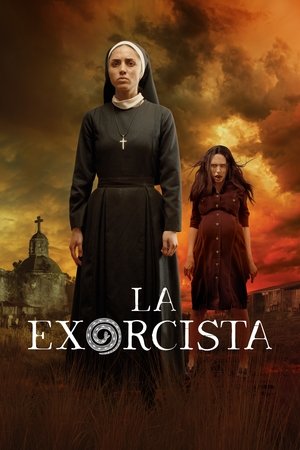 6.2
6.2The Exorcist(es)
Ophelia, a young nun recently arriving in the town of San Ramon, is forced to perform an exorcism on a pregnant woman in danger of dying. Just when she thinks her possession has ended, she discovers that the evil presence hasn't disappeared yet. The director of the award-winning Here Comes the Devil and Late Phases adds a new twist to possession movies in one of this year's Latin American horror surprises.
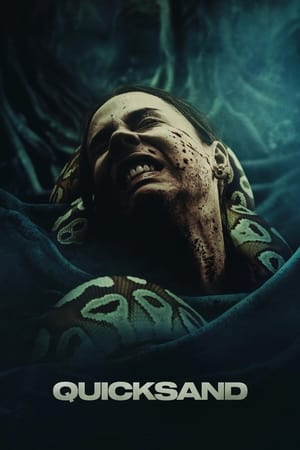 6.4
6.4Quicksand(en)
A married couple on the brink of divorce becomes trapped in quicksand while hiking through a Colombian rainforest. It’s a struggle for survival as they battle the elements of the jungle and must work together in order to escape.
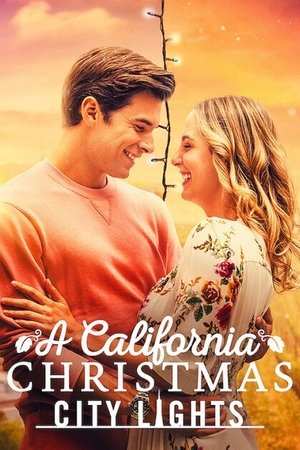 6.6
6.6A California Christmas: City Lights(en)
Follows Callie and Joseph one year after they fell in love, now running a dairy farm and winery, but their romance is threatened when business and family obligations call Joseph back to the city.


